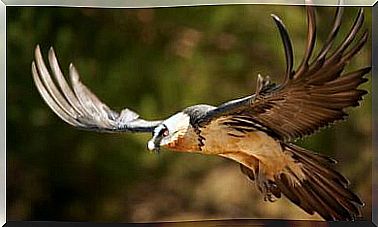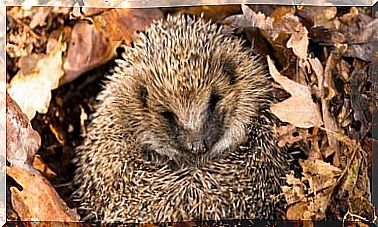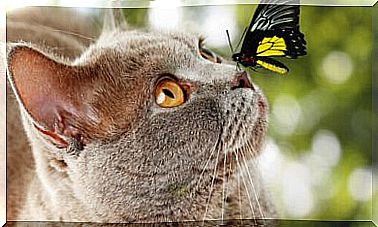Marmoset Monkey: Characteristics And Feeding

The marmoset monkey stands out for its small size and ability to climb trees with ease. What we call a marmoset is actually a family of American primates or New World monkeys. Learn more about them in this article.
Characters of the marmoset monkey
The term ‘marmoset monkey’ groups all species of the callitrichids and Pitheciidae families , as well as the genera Callithrix (the best known), Leontopithecus , Saguinus and Callimico .
They all live in America, and the most famous is the common marmoset ( Callithrix jacchus ), an endemic species to the forests of Brazil. He lives on the banks of two very important rivers: the São Francisco and the Paranaíba.
Small in size – measuring between 18 and 25 centimeters and weighing about 400 grams – this monkey has a tail that is longer than its body – approximately 35 centimeters – and two large tufts of white fur on the sides of its head.
Its fur is gray, black and brown in different shades.
In this range, it can share trees and food with another marmoset monkey , the star tamarin (its scientific name is callithrixpenicillata ), whose body is black with white ‘brush strokes’ on both its face and back.
He also has a long tail and tufts of ‘tousled’ hair on the sides of his head.
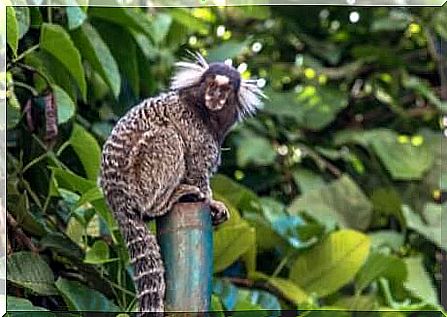
Within the family of Leontopithecus we find the monkeys ‘lions’ (hence their scientific name) , because they have a kind of mane around the head. They also live in Brazil, weigh less than a kilogram and measure around 30 centimeters.
These monkeys live in large family groups and couples take care of the young together : the mother feeds them every few hours and the father carries them on the back from tree to tree.
From the age of five months, monkeys are no longer breastfed and, from the first year onwards, they become independent from their parents.
To communicate with each other, these primates emit different sounds. They vocalize synchronously in the morning to announce their presence to other ‘neighbors’. During the day, they announce various ‘news’ with different tones of voice.
Species feeding
Although their diet depends on the geographic location in which they live, the truth is that most marmosets feed in a similar and omnivorous way, as they eat both plants and small animals.
Lion Tamarins, for example, use their claws to dig into the bark of trees for insects, geckos and small snakes, and supplement their diet with fruit.
The Saguinus family – who live in the forests and mountains of South America – feed mainly on fruits, stems and leaves, but eventually ingest insects, spiders, small vertebrates and even bird eggs.
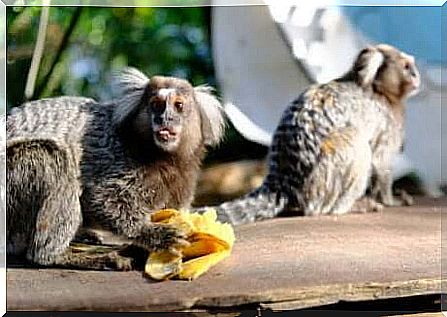
Other species can feed on arthropods (mantis, cockroaches, moths), fungi (bamboo), soft fruits, tree sap, flower nectar and small vertebrates (frogs, lizards and toads).
The teeth of marmosets are capable of pulling the bark from trees and consuming both the sap and the water deposited on the trunks. Their long, sharp claws allow them to make holes or catch insects between branches.
The marmoset is known the world over for its small size, curious face and long tail. These primates even appear in many movies.
Unfortunately, in some countries they are ‘used’ in circuses and other animal shows.


